Formula C7H14NO5P Boiling point 120 °C Density 1.33 g/cm³ | Molar mass 223.2 g/mol Melting point 55 °C | |
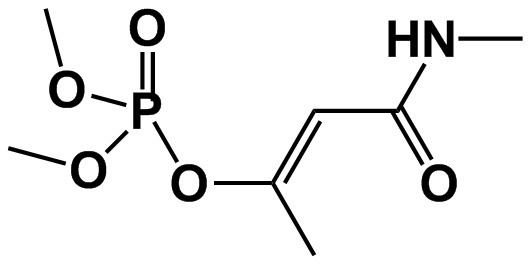 | ||
Appearance Colorless to reddish-brown solid | ||
Root administration technique of monocrotophos
Monocrotophos is an organophosphate insecticide. It is acutely toxic to birds and humans. Being also a persistent organic pollutant, it has been banned in the U.S. and many other countries.
Contents
- Root administration technique of monocrotophos
- Glyphosate herbicides and monocrotophos insecticide by agrinova pesticides ahmedabad
- Uses
- To wildlife
- Diabetogen
- Cardiotoxicity
- Acute effects
- References
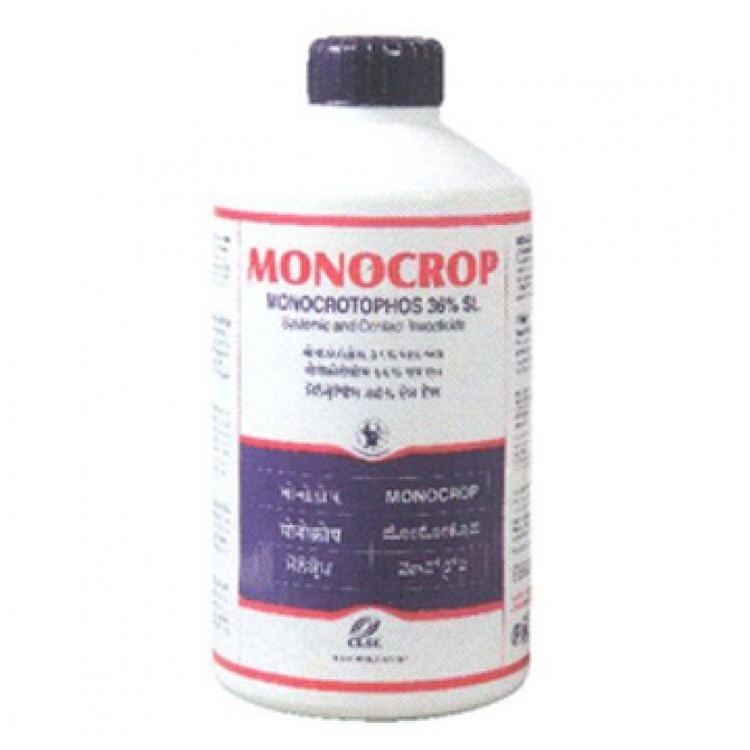
Glyphosate herbicides and monocrotophos insecticide by agrinova pesticides ahmedabad
Uses
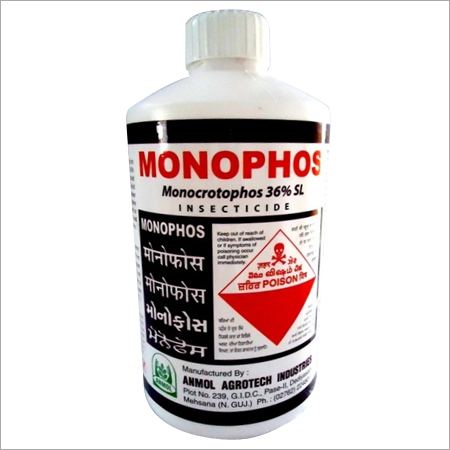
Monocrotophos is principally used in agriculture, as a relatively cheap pesticide. However, it is also used frequently as a tool to commit suicide.
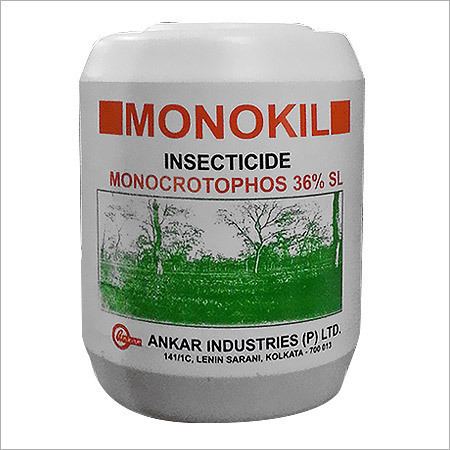
Monocrotophos is believed to be the contaminant responsible for the death of 23 schoolchildren in a Bihar, India school. They ate a state-provided school lunch in the district of Saran in India in July 2013 which was prepared in oil kept in the container of this pesticide.
To wildlife
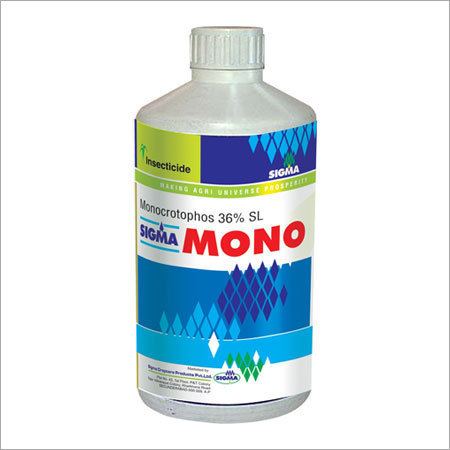
Widespread bird kills, including a large kill of Swainson's Hawks in Argentina, have resulted from the use of monocrotophos.
Diabetogen
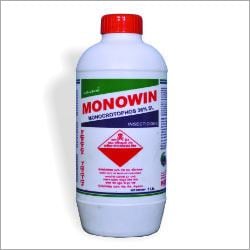
In the study published in Genome Biology, the researchers demonstrated the gut microbiota mediated diabetogenic effect of organophosphate insecticides. They used monocrotophos as the prototypical organophosphate in their study and showcased that during chronic intake, monocrotophos is degraded by the gut microbiota and the end products are converted to glucose via gluconeogenesis that account for glucose intolerance. All the studies were validated in human samples from the villages in Madurai.
Cardiotoxicity
In a recent study, Wistar rats were administered 1/50 of LD50 dosage of monocrotophos (0.36 mg/kg body weight) orally via gavage daily for three weeks. Animals administered Monocrotophos exhibited mild hyperglycemia and dyslipidemia in the blood. Cardiac oxidative stress was conferred by accumulation of protein carbonyls, lipid peroxidation and glutathione production. The cardiac markers (cTn-I, CK-MB and LDH) showed elevated levels in blood plasma, which indicates cardiac tissue damage. The histopathology of the heart tissue authenticated the monocrotophos induced tissue damage by showing signs of nonspecific inflammatory changes and edema between muscle fibres. Thus the findings of this preliminary study illustrate the cardiotoxic effect of prolonged monocrotophos intake in rats and suggest that MCP can be a possible independent and potent environmental cardiovascular risk factor.
Acute effects
Nerve growth factor (50 ng/ml) induced functional differentiation in PC12 cells has been reported. The studies have been carried out showing mitochondria mediated apoptosis in PC12 cells exposed to monocrotophos. A significant induction in reactive oxygen species, lipid peroxides, and the ratio of glutathione disulfide/reduced glutathione was observed in cells exposed to selected doses of monocrotophos. Following the exposure of PC12 cells to monocrotophos, the levels of protein and mRNA expression of caspase-3, caspase-9, BAX, p53, p21, PUMA, and cytochrome-c were significantly upregulated, whereas the levels of Bcl-2, Bcl-w, and Mcl-1 were downregulated. TUNEL assay, DNA laddering, and micronuclei induction show that long-term exposure of PC12 cells to monocrotophos at higher concentration (10−5 M) decreases the number of apoptotic events due to an increase in the number of necrotic cells. Monocrotophos-induced translocation of BAX and cytochrome-c proteins between the cytoplasm and mitochondria confirmed the role of monocrotophos in the permeability of the mitochondrial membrane. Mitochondria mediated apoptosis induction was confirmed by the increased activity of caspase cascade. These apoptotic changes could be correlated with elevated levels of expression of selected cytochrome P450s (CYP1A1/1A2, 2B1/2B2, 2E1) in PC12 cells exposed to monocrotophos (10−5 M).
